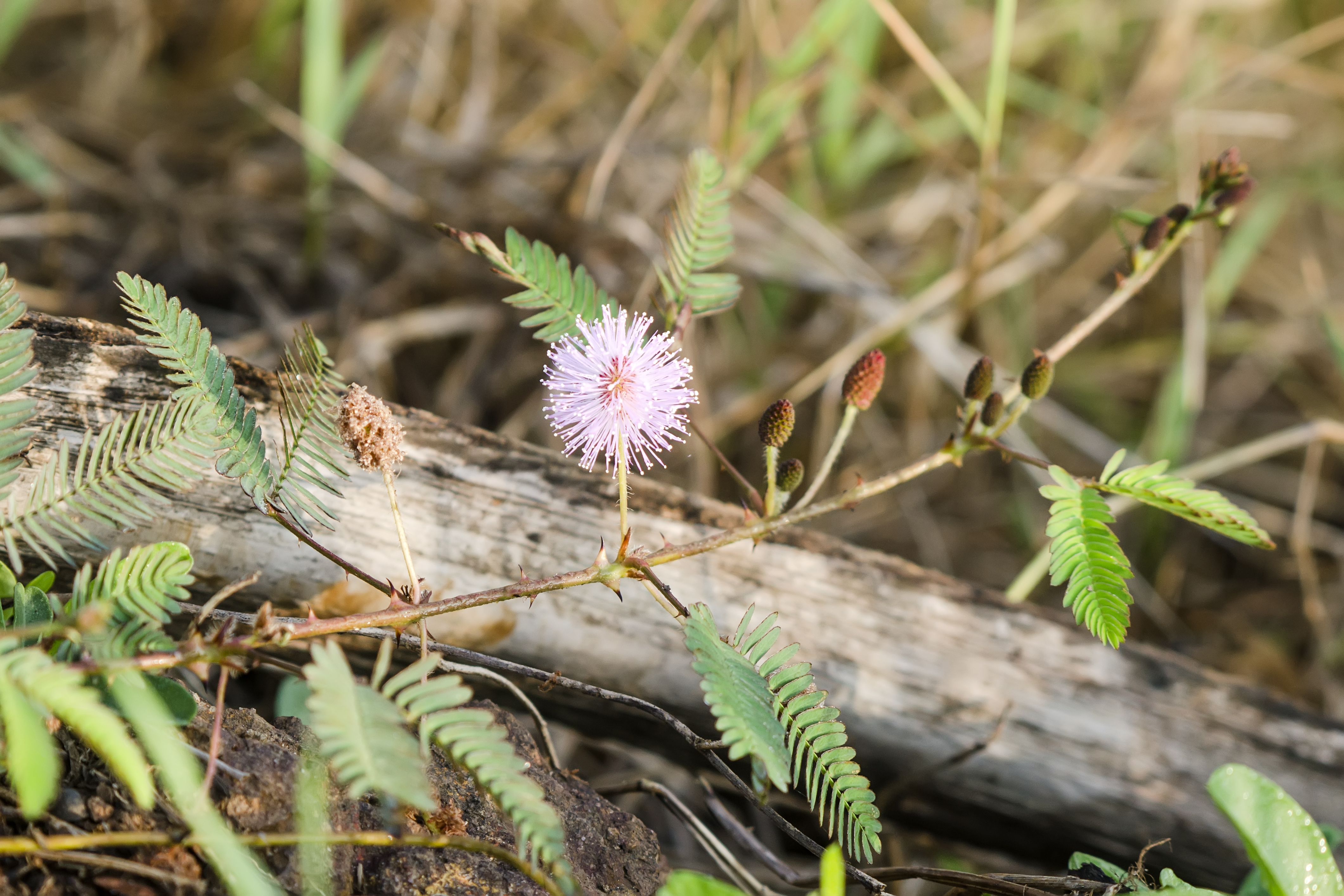These plants possess amazing Superpowers!!!
“If Nature gives you a problem, then it will definitely provide you with the remedy.”From ancient time’s Tribals and villagers has been curing various diseases of locally available plants. They are known for the medicinal knowledge of Plants. We see these plants as ordinary wild weeds as they regularly occur in our surroundings. Still, you will be surprised to know that these plants and trees possess such Magical medicinal components that can cure so many diseases, infections, and allergies. They are nature’s gift to the Humankind.
1.Kumra (Bidens pilosa)
Common name: Spanish needle, Beggar’s tick.
You must have seen these Plants everywhere along with the grasses and other weeds. In India, this plant has been used by the tribal people and villagers for ages. B. pilosa has amazing Anti-Bacterial and Anti-Inflammatory properties and is often used on wounds and cuts to Avoid Infection. Juice made from the leaves is consumed to cure digestive Diseases, constipation, and intestinal Worms. Few types of research also claim that B.pilosa has anti-cancerous properties. Sores and ulcers can also be healed from the paste made from the leaves
2.Chakramarda (Cassia tora)
Common name: Ring-Worm Plant, sicklepod, coffee pod.
Often Neglected of its herbal uses, the roots of Cassia tora is found to be effective on snakebite poisoning (externally). Mostly found throughout India, their pods' paste can be used on several skin infections like itching, Ringworm, and worm infestations. It also contains Anthroquinones, which can be used in constipation and fever. Oil extracted from the plant can be used to treat psoriasis.
3.Medhshinghi (Dolichandrone falcata)
Ayurvedic healers and tribes of India have used these trees since ancient times.
Patients suffering from Piles (hemorrhoids) can be cured by Daily consumption of the juice of leaves with some curd. It is still consumed in some villages of Maharashtra for healing Piles. Bark paste of Medhshinghi is used on bone fractures.
4.Shatavari (Asparagus racemosus)
Traditionally has been used for problems Related to Women’s Reproductive system. There are many vitamins and minerals present in Shatavari's roots, such as vitamin A, calcium, magnesium, potassium, and ascorbic acid. It also acts as an estrogen Regulator in the menstrual cycle as it eases menstrual cramps and mood swings. It is usually is available in capsules and powder form for consumption in India.
- Helps in Breast milk Production and fertility
- Helps to Fight against UTI’s.
- Stimulates Immunity cells.
5.Babul Tree (Acacia nilotica)
It mainly occurs in plains or flat ground and is native to the drylands of tropical Africa. Also found in dry regions of the Indian subcontinent and Burma.
Babul is also known as a healing tree, Useful in treating Bleeding Gums, ulcers, and oral cavities. In villages of India, the stem of babul is used as a toothbrush. It is anti-bacterial on contents, so crushed leaves can be applied on wounds; oral dosage is given for diarrhea and stomach infections. Apart from their wonderful benefits, babool is a good source of nutrients, vitamins, and minerals.
Fresh pods help heal sexual disorders.
The gum formed on the bark is used for curing arthritis.
6.Nirgundi (Vitex negundo)
Common name: Chinese chaste tree or horseshoe vitex.
Nirgundi is a powerful medicinal herb and is found in India, China, Africa, Indonesia, etc. Every part of the plant is used to make oils, powders, and paste, which are useful in treating menstrual cramps, Anxiety, joint pain, ear pain, obesities skin diseases, and fever. The Oil made from Nirgundi is applied to the chest of asthma patients.
7.chhui-Mui (Mimosa Pudica)
Common name: Touch me not or shame plant.
These plants are known for their Thigmonastic movements in response to touch, heat, light, vibrations, air, etc. The use of mimosa plants in the therapies of Ayurveda and Unani has been prominent for centuries. They possess Analgesic, Anti-inflammatory, and blood purifying properties. Crushed leaves can be applied on Cuts, boils, fungal infections, and ulcers; the leaves of Mimosa Increases blood sugar in the body. Also, the juice made from the Roots is used in heavy uterine bleeding. Leaf juice is consumed for treating jaundice, and a decoction of roots is useful to fight against snake venom in the case of snakebite.
8. Apamarg (Achyranthes Aspera)
Common name: Chaff Flower or devil’s horsewhip.
These plants must have passed you; they are mostly seen in fields, gardens, or the bushes; they are often plucked out by gardeners considering they are weeds, but you’ll be surprised to know the herbal medicinal uses of these species. Their seed contains proteins, carbohydrates, saponins, and tannin, which reduces excess fat from the body, which will help in weight loss. The juice of the leaf is astringent and anti-inflammatory in nature, which will make wounds heal easily. Root paste with milk can be applied to skin rash and allergies.
It is also an antioxidant and can reduce bloating and Detention of the Stomach.
9. Ghaneri (Lantana camera)
These wild species of flowers possess fungicidal and antimicrobial properties. Herbal healers in India have been using them from ancient times to cure skin itching, rabies, measles, chickenpox, and even asthma. Leaf juice can soothe insect sting; a lantana leaf tea can relieve stress, headache, and flu. Stem or leaf is also inhaled for respiratory Problems.
10.Khal Muriya (Tridax procumbens)
Common name: Coat buttons or tridax daisy.
The Tridax daisy is considered a weed plant but possesses anti-coagulant and antifungal properties, plus it works as an insect repellent. The paste of the leaves is externally used to treat hemorrhoids. Also helpful in liver disorders, gastritis, and heartburn. The juice extracted from leaves is directly applied to wounds as it stops the bleeding.
Roots can be dried and consumed with water to cure malaria, influenza, Gonorrhea, or cough.
Caution: Herbal/Ayurvedic practitioners of India have used the above plants; hence it is best to consult an Ayurvedic doctor before consuming them. Some of them CAN BE HARMFUL to PREGNANT WOMEN. Kindly avoid self-medication.













You must be logged in to post a comment.